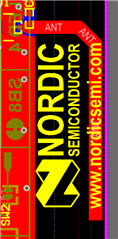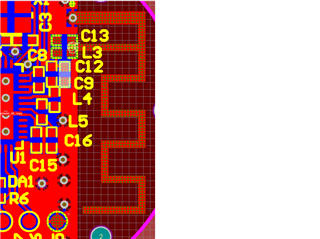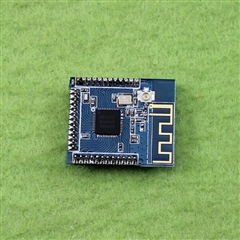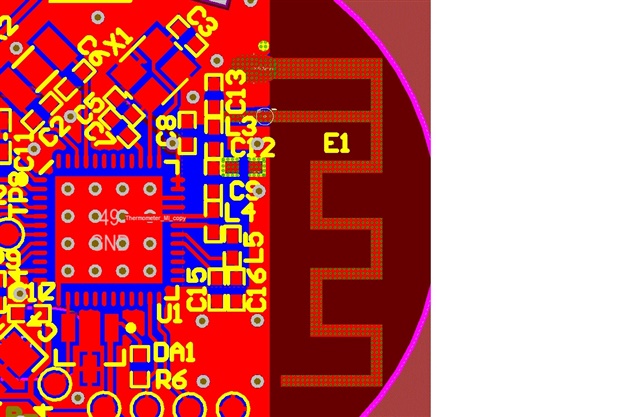Hi all!
Antenna that used in nRf51822 developement kit:

too big for my design, so I tried to use antenna that I copied from TI AN430:

There is devices that use "the same" antenna:

and I think it works well. My board doesn't advertise at all. Could anyone advise me what's wrong in my board? I used Rf schematics as it is in nRf51822 Kit:

Any advices would be highly appreciated!



